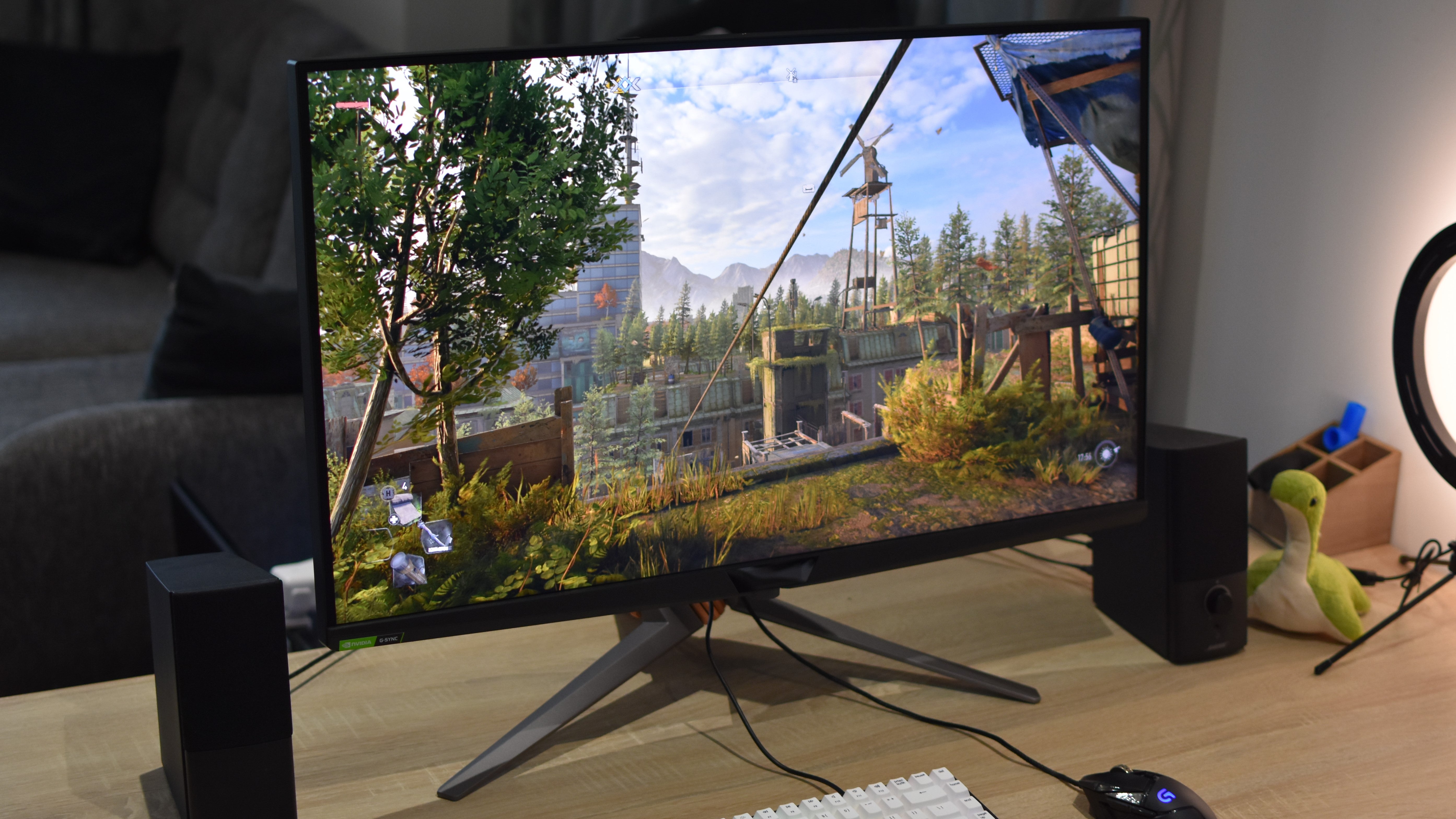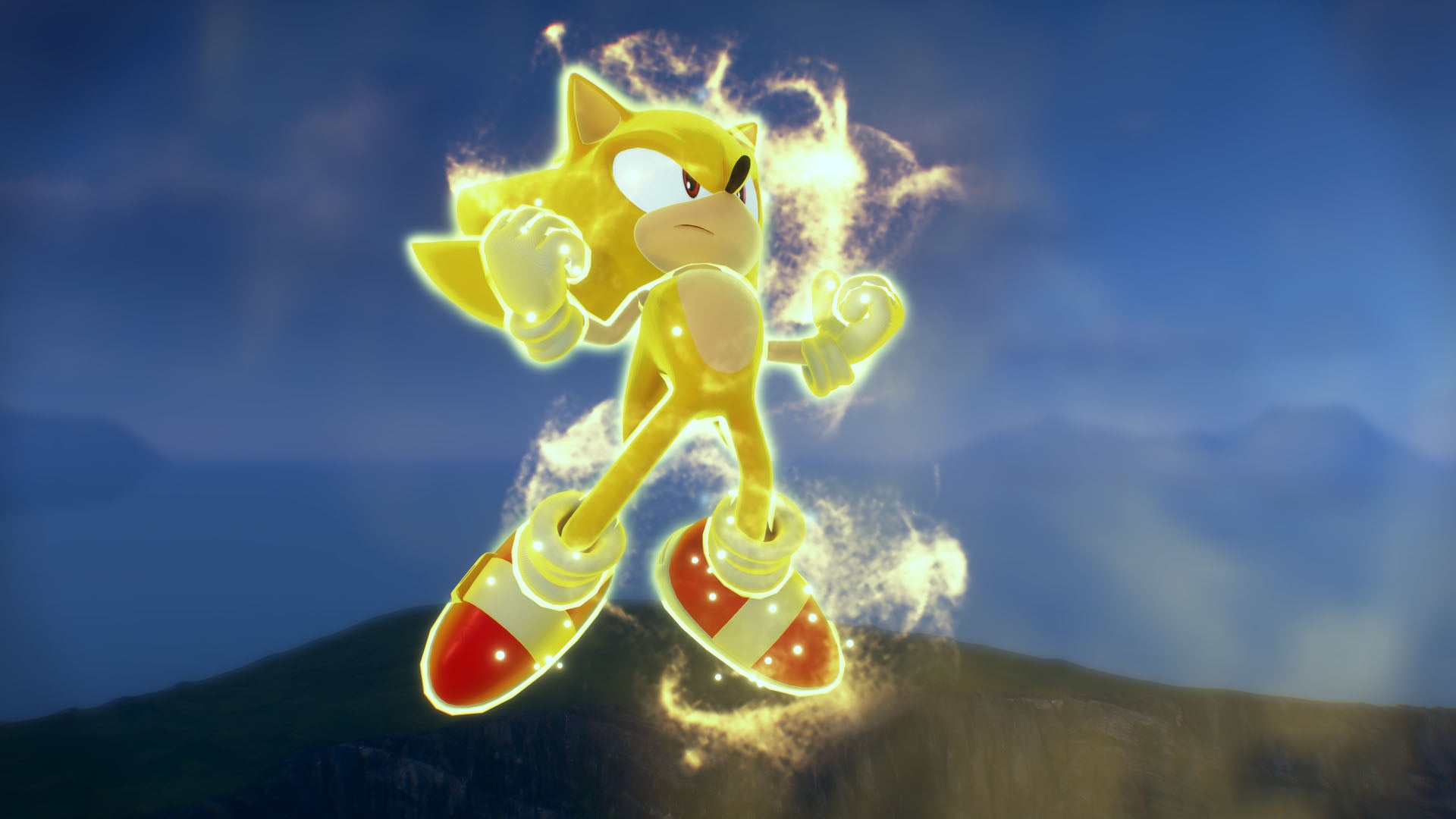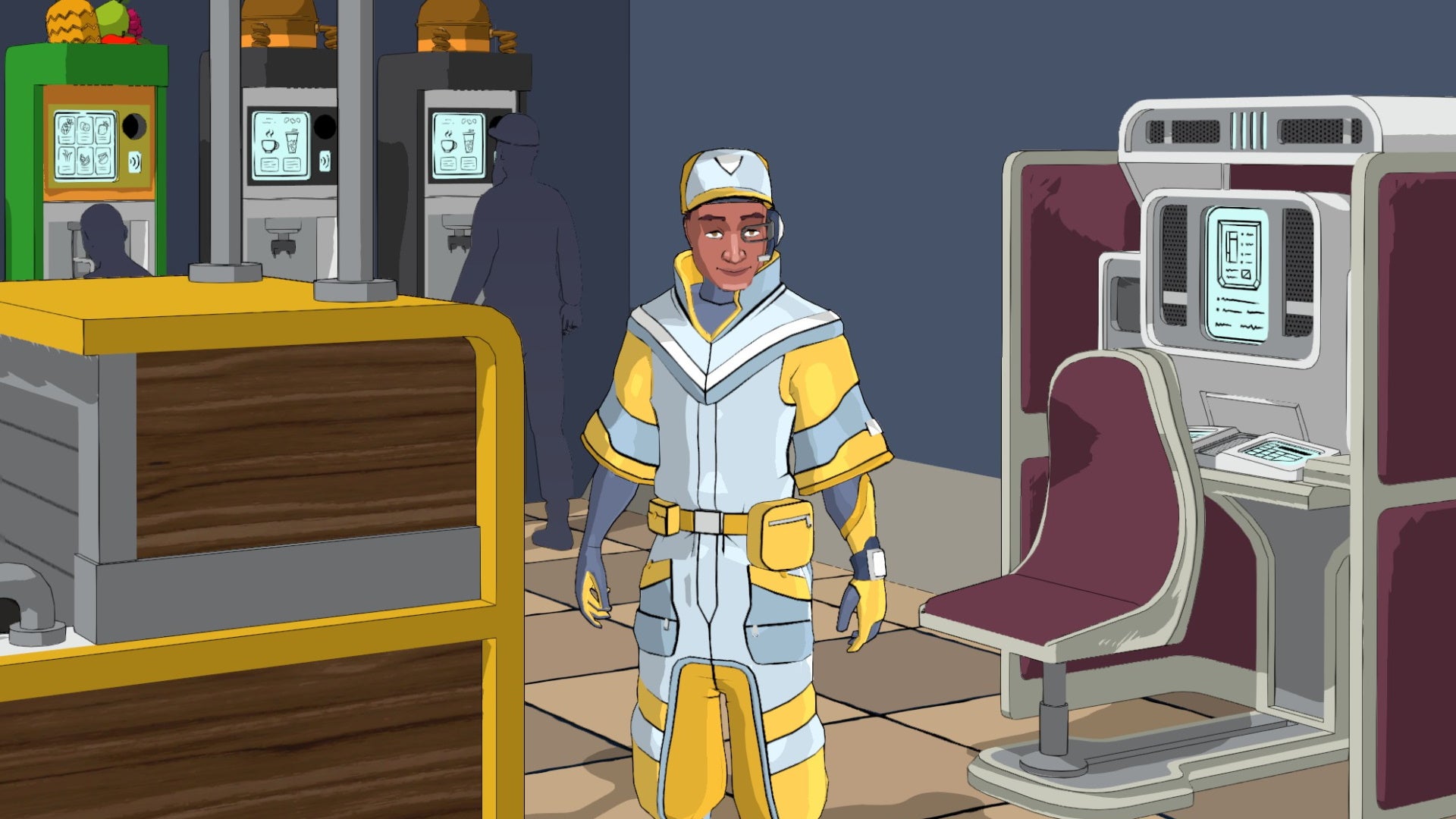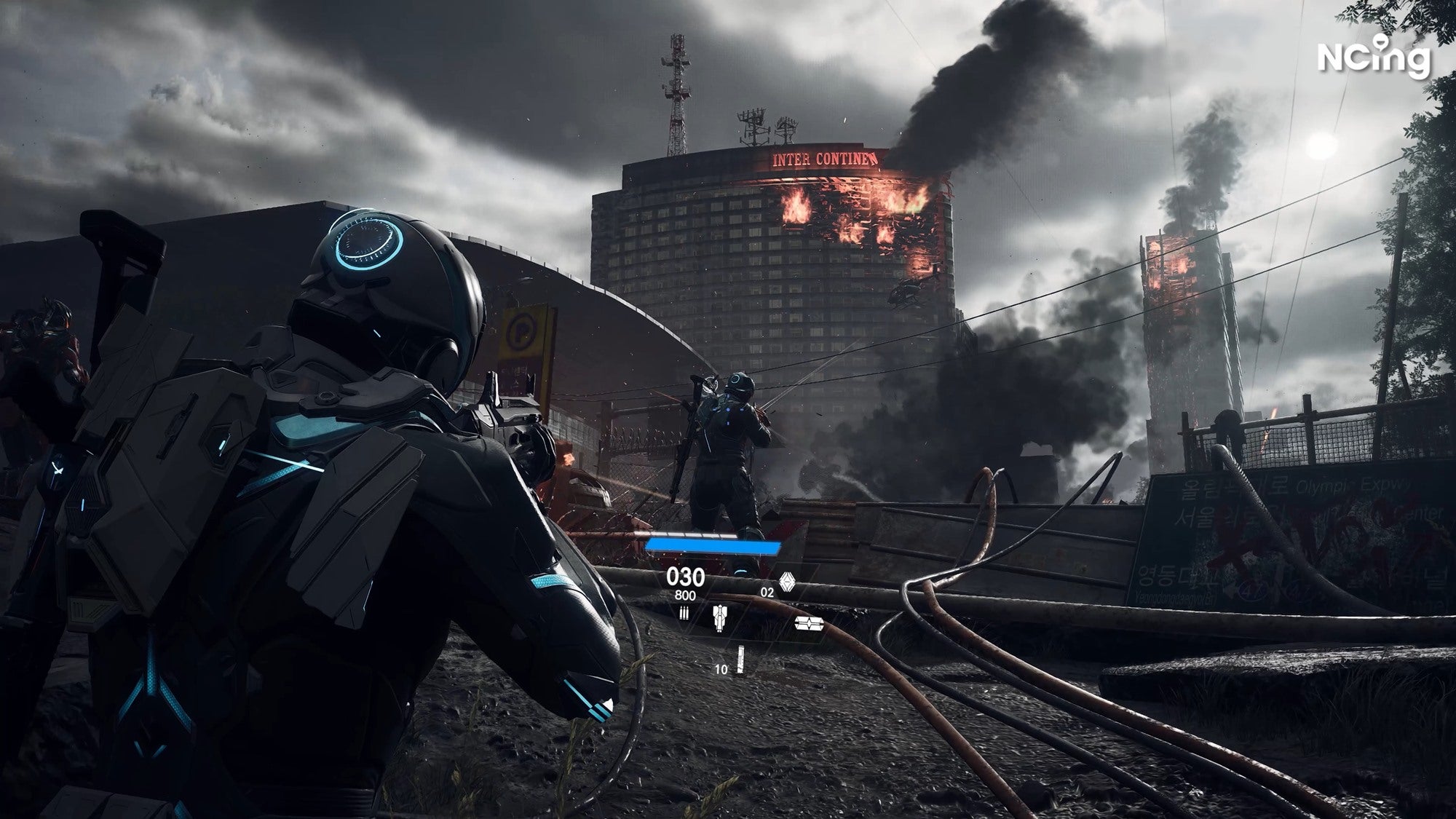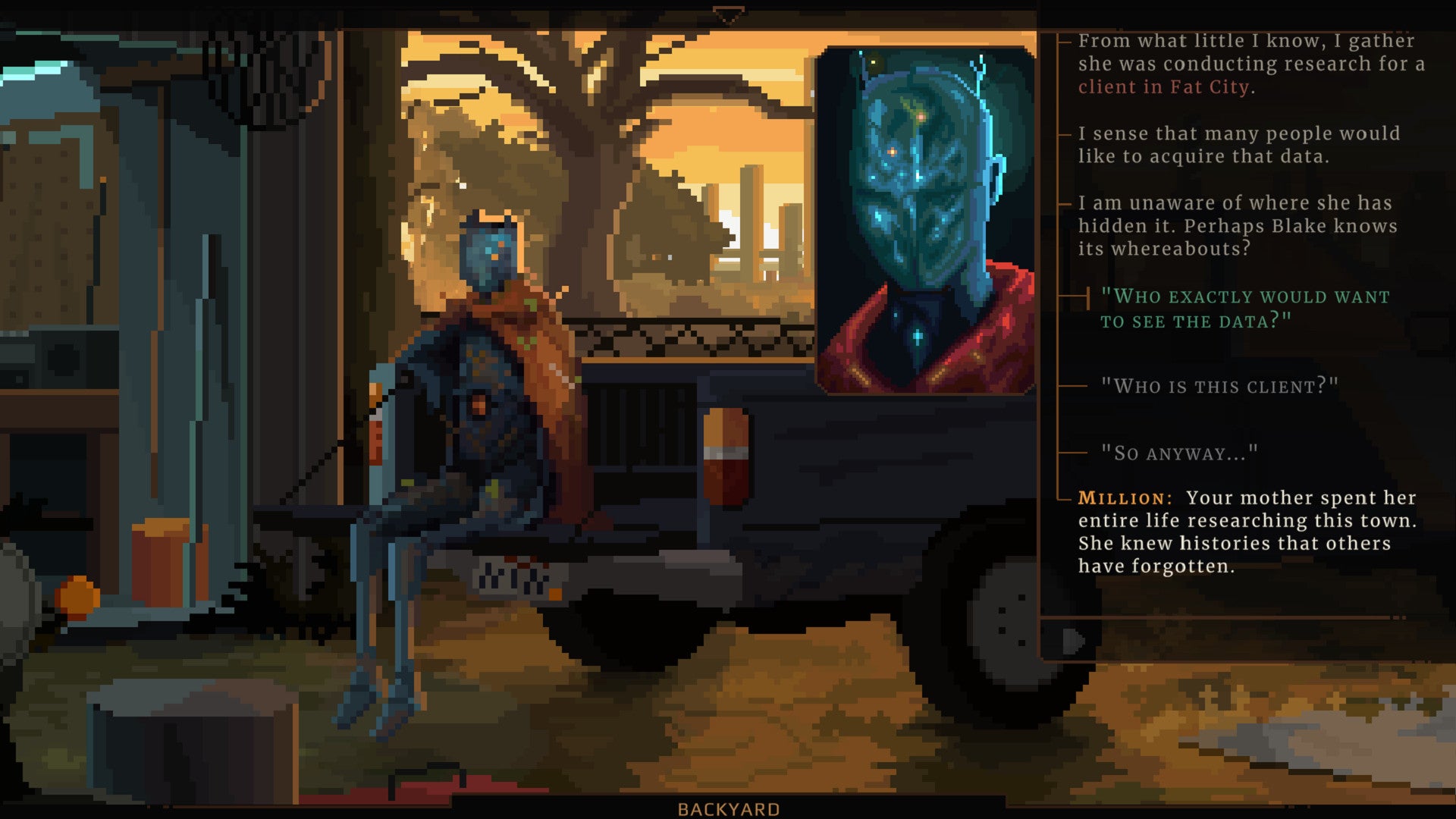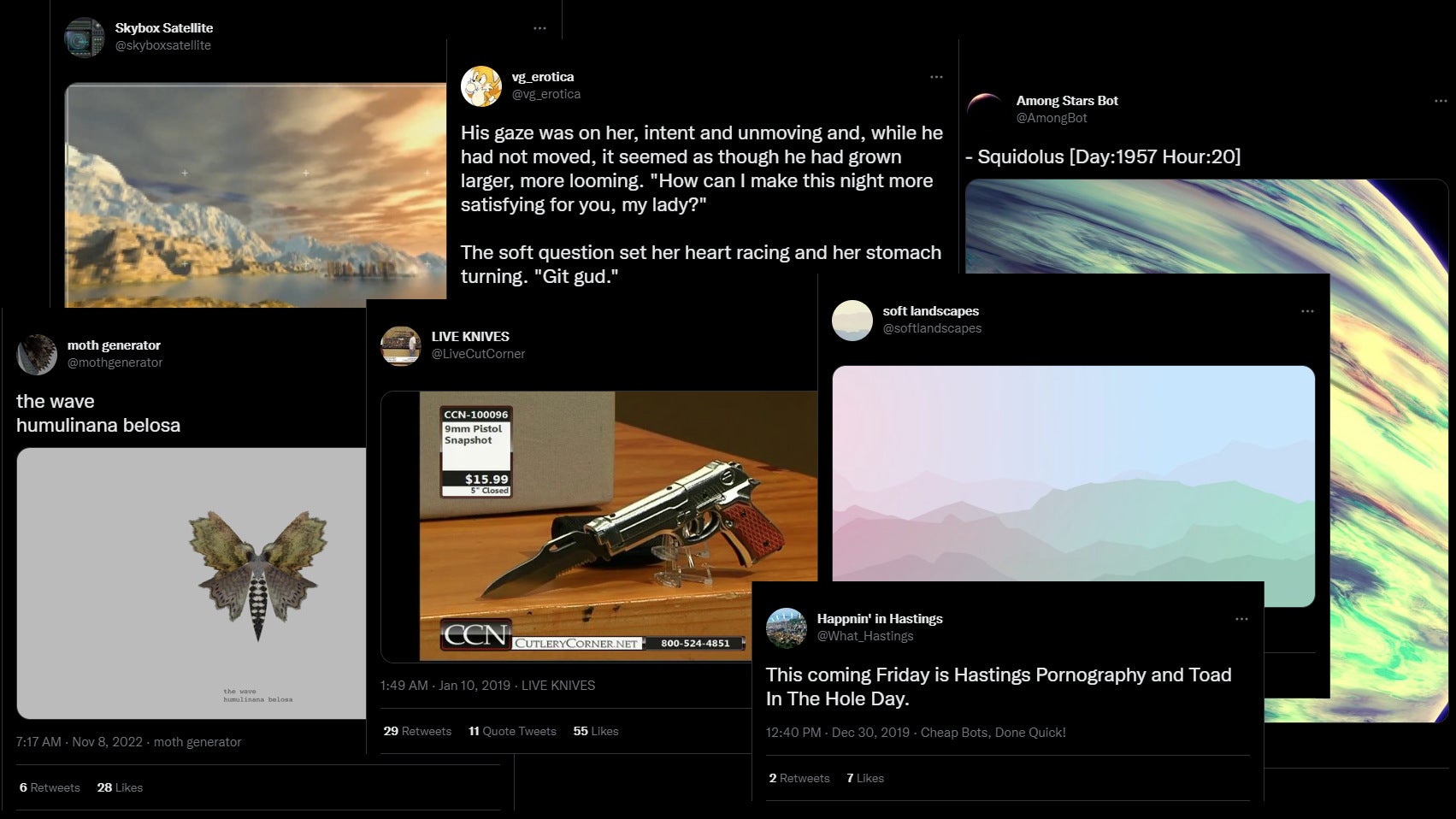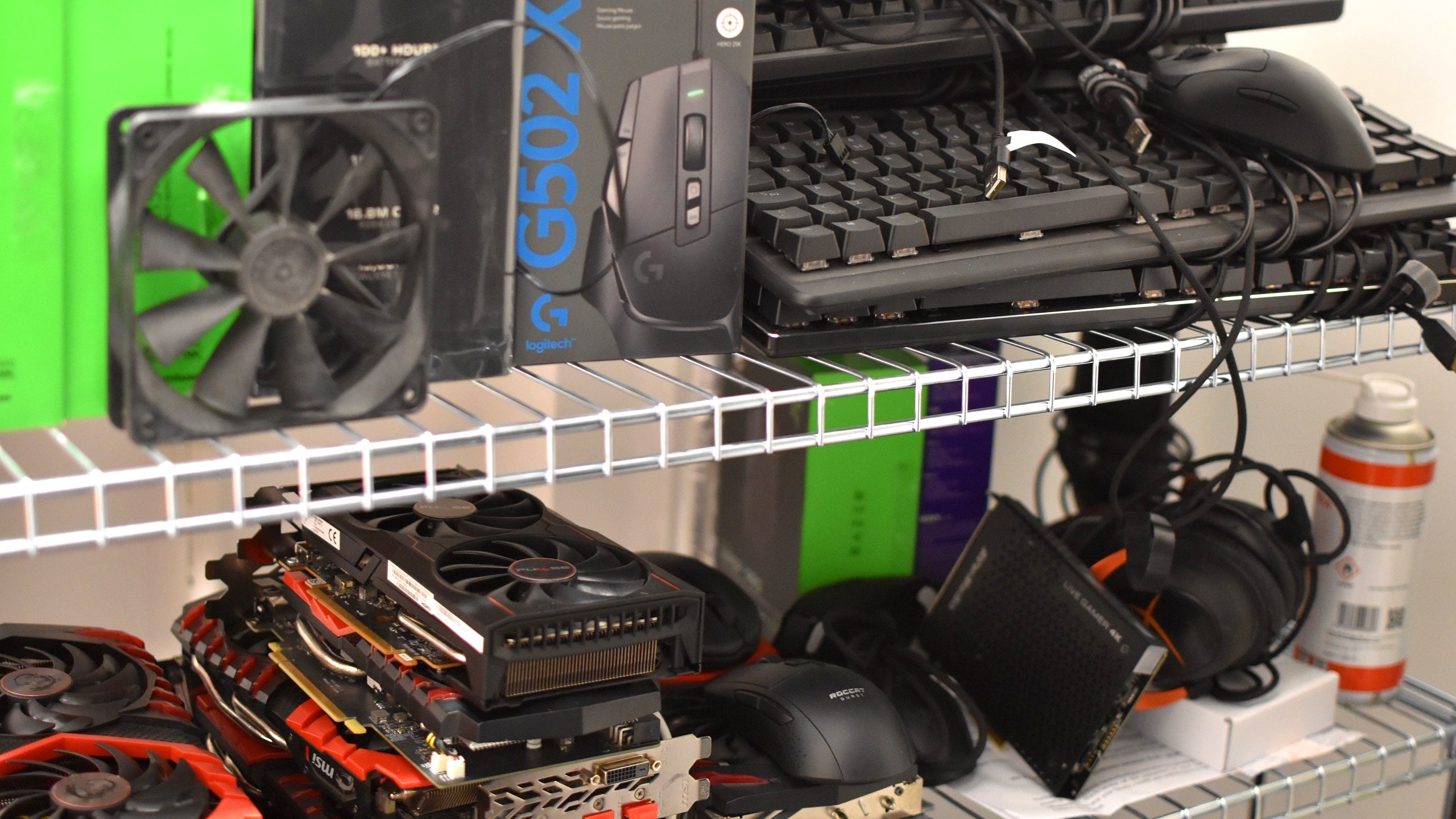Asus ROG Swift PG32UQX review: brilliant monitor, terrifying price
Mini LED tech makes this pricey 4K gaming monitor shineFrom living room TVs to the most recent iPads, Mini LED screen tech has been catching on. Desktop monitors are trying it out as well, like the Asus ROG Swift PG32UQX: the very first Mini LED gaming monitor on the market when it launched late last year. As a 32in, 4K, 144Hz display, it does all it can to welcome Mini LED into high-end gamingland, and from what I’ve tested it’s a brilliant match. All you have to do first is spend what could well be several times the cost of your PC itself.
Yep, at £3300 / $2900, it probably isn’t going to be the monitor for you or me; by comparison, the current most expensive screen on our best gaming monitors list is the £1809 / $2200 Asus ROG Swift PG27UQ. The ROG Swift PG32UQX shares DNA with the PG27UQ, also being a speedy 4K monitor with Nvidia G-Sync Ultimate and HDR capability, but beyond this newer model’s IPS panel lies a completely different system for making games look as pretty as your PC can handle. A system that Asus, evidently, believes some folk will pay the even bigger bucks to have for themselves.
Mini LED is ultimately backlighting tech, albeit with much more potential for improving image quality than that might make it sound. See, the pixels on LCD panels – even nice IPS ones – can’t illuminate themselves, and thus require a light source positioned behind them. Usually this comes in the form of edge backlighting, where the light sources are placed around the borders of the monitor, and which can cause uneven brightness in what should be uniformly dark scenes. This also means LCD pixels can never achieve perfect blacks by switching completely off, something OLED pixel can do to pleasantly inky effect.
Mini LED doesn’t quite achieve the same perfect blacks as OLED, but it can allow for backlighting to be more precise and even. It uses much smaller LEDs (hence the name) spread out across the panel, enabling greater control of which areas of the screen are illuminated, while also making it easier to reach higher brightness levels by virtue of cramming more LEDs into the available space. The ROG Swift PG32UQX takes full advantage of its dinky diodes to support full-array local dimming (FALD), meaning it can turn the LEDs on or off across over 1,000 different zones, spread across the entire screen. Compared to crude edge backlighting, Mini LED is a whole lot smarter, and on paper is much better for contrast and HDR.
How much better? My colourimeter recorded contrast at 1169:1, which isn’t as good as what you’d get on an OLED TV, but for an IPS gaming monitor that’s plenty high enough. Brightness is even better: with HDR, the ROG Swift PG32UQX could reach up to 1056cd/m2 in Final Fantasy XIV. Instantly, it becomes one of the best-performing 4K gaming monitors for HDR specifically, easily beating the majority of “HDR” displays that can only reach around 400cd/m2. Even in SDR, it maxes out at a gleaming 487.1cd/m2.
It's not just blasting out nits for the sake of it, either. This is an utterly gorgeous monitor for HDR and SDR alike, with rich but balanced colours and – yes – finely-applied backlighting. My pick of the six “GameVisual” profiles, Scenery mode, covers a healthy 97.6% of the sRGB gamut, and maintains superb colour accuracy with an average delta-E of 1 (the closer to zero the better). If you ever do want to make tweaks, it’s fairly easy to do so with the underslung dial and buttons on the bottom edge; the OSD is nice and straightforward too.
In motion, the combination of a zippy 144Hz refresh rate and practically perfect G-Sync Ultimate implementation keeps games looking as slick as they are colourful, though naturally you’d need one of the best graphics cards to get a consistent 100fps-plus at full 4K.

There’s also a teensy, tiny bit of ghosting on fast-moving objects. While this is much more visible in the Blur Busters UFO test than it is when running actual games, it’s there - so for all of the brightness and contrast advantages of Mini LED, the IPS panel being used here clearly doesn’t have a top-of-the-line response time. LG’s Nano IPS panels remain the ones to beat on responsiveness, and they’re available in much more affordable monitors too, including the 4K / 144Hz UltraGear 27GN950-B.
The ROG Swift PG32UQX is better at just about everything else, mind. And again, a smidge of ghosting doesn’t remotely make for a smudgy mess. I happily played my sweatfest shooter of choice, Apex Legends, without feeling impeded by a higher-than-1ms response time.
The design and build quality are up to snuff, too. The stand is both impressively shake-resistant and highly adjustable, and the all-metal base is one of the more aesthetically agreeable I’ve seen on a monitor this size. I remain a fan of how Asus ditched the deeply gamerish red highlights of previous ROG monitors for a copper finish that more maturely complements the rest of the build. The feature list is decent too, including USB pass-through and a camera mount on top. HDMI 2.1 support wouldn’t have hurt, but that would mainly just be useful for a spot of console play on the side – DisplayPort is still the way to go for PC.
Obviously, there’s nothing that could make someone of sound mind look at the ROG Swift PG32UQX’s price and think it’s bargain. On a purely technical level, it’s lovely - I’m sold on Mini LED as an upgrade to old-timey backlighting, and it’s true that you’re usually looking at four figures for a 4K / 144Hz monitor anyway. But this much? As good as the HDR is… ouchies.

